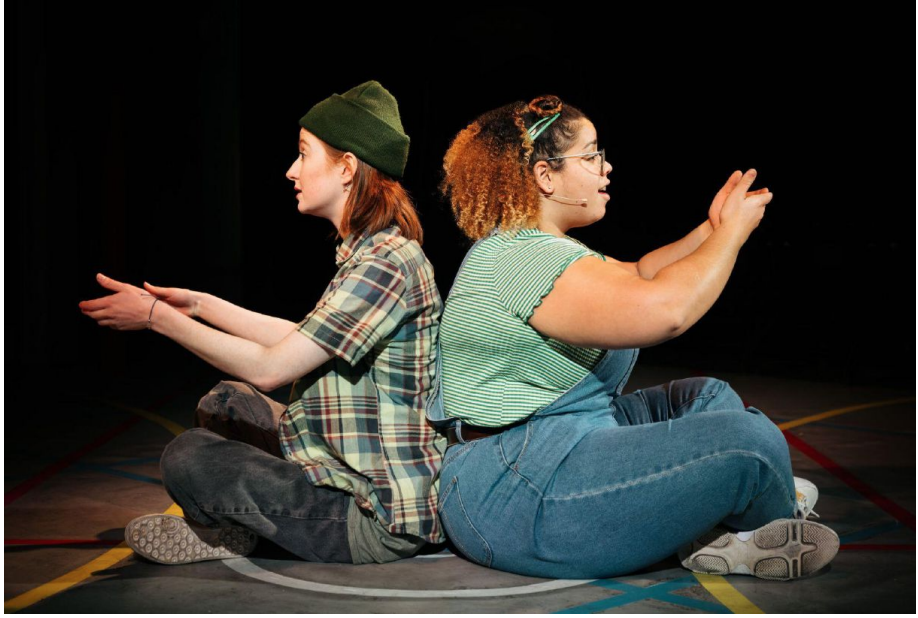At Metta, we use the Theatre Green Book as a guide for sustainability practices in our theatre productions. For our recent production of The Rhythmics, we had the chance to use the advanced standards in the Green Book. Through this process, we learned a lot and decided to share some of our learning with other people, creating a case study about how we used the advanced standards in the Green Book on this production. An excerpt from this case study is below.
What the Theatre Green Book does so brilliantly is to bring together all of the existing guidance, knowledge and best practice into a single, easy to follow resource - and that has laid bare how our industry has to fundamentally change the way that we think about making theatre. If you approach sustainability by trying to find like-for-like replacements for current materials choices and working practices then at best you'll find a very large cost increase, but more often than not you'll simply come up against a brick wall. But if you fundamentally change your thinking and consider sustainability from the outset, rather than as an add-on, it becomes considerably easier. That thinking needs to permeate how we make a production - from putting together the budget, engaging freelancers and conceiving the aesthetic, right through to planning what will happen at the end of run before you've even designed the set. It’s easy to only think about sustainability in relation to physical things like sets, but we need to consider the environmental impact of every aspect of the production, and how minimising that impact affects every part of the theatre making process.
To read the rest of this case study and to read other case studies about how theatre makers use the Green Book, you can go here: https://theatregreenbook.com/book-one-case-studies/



